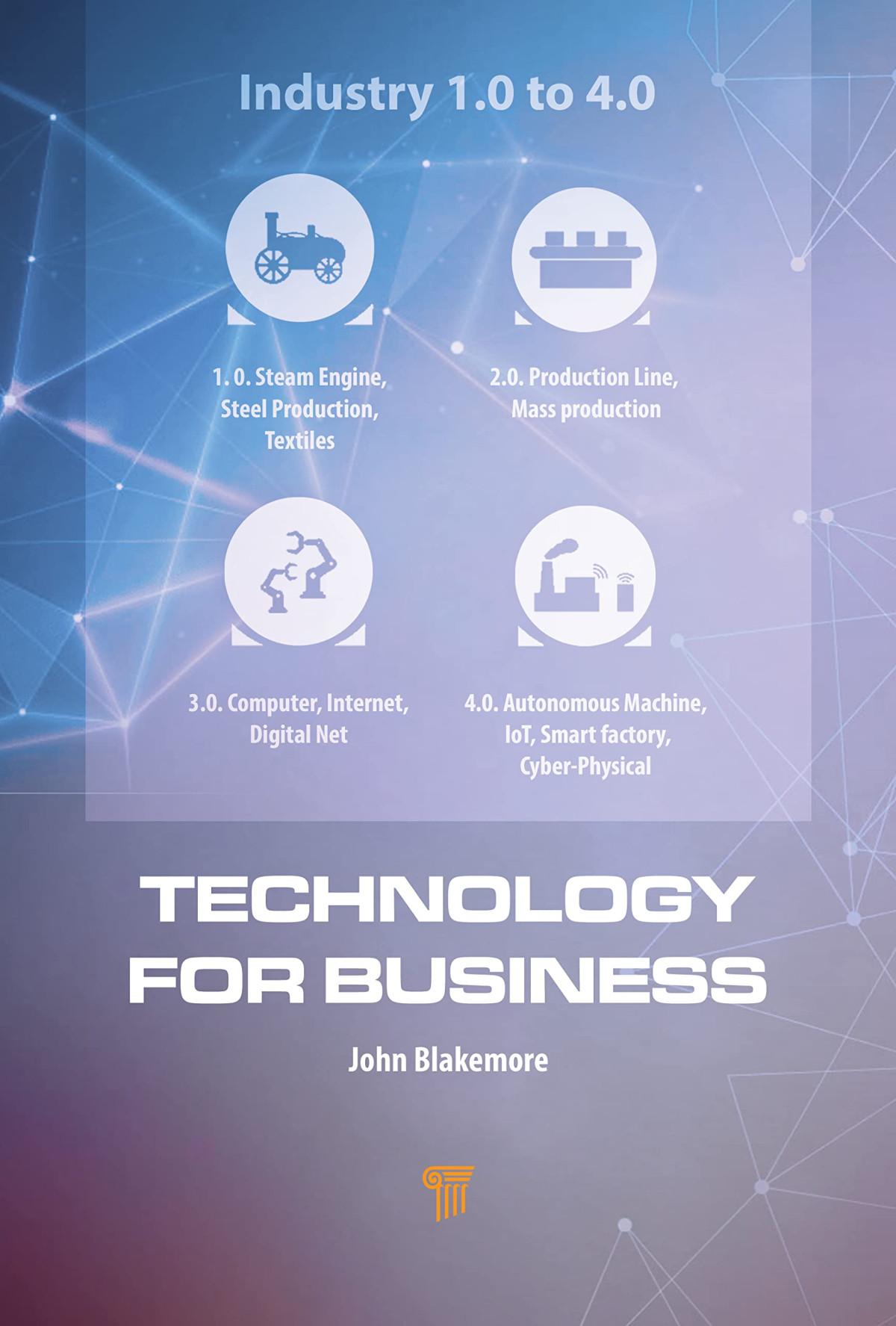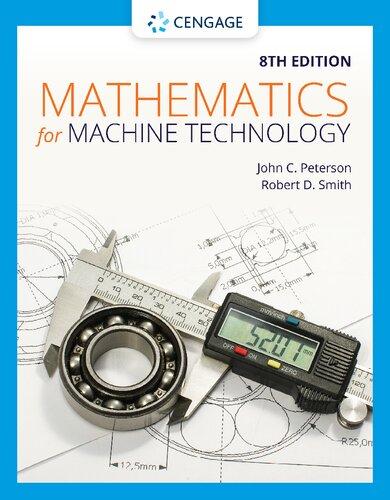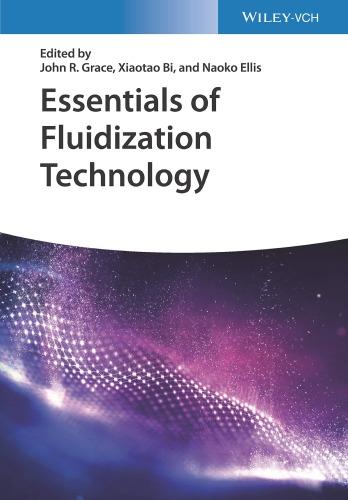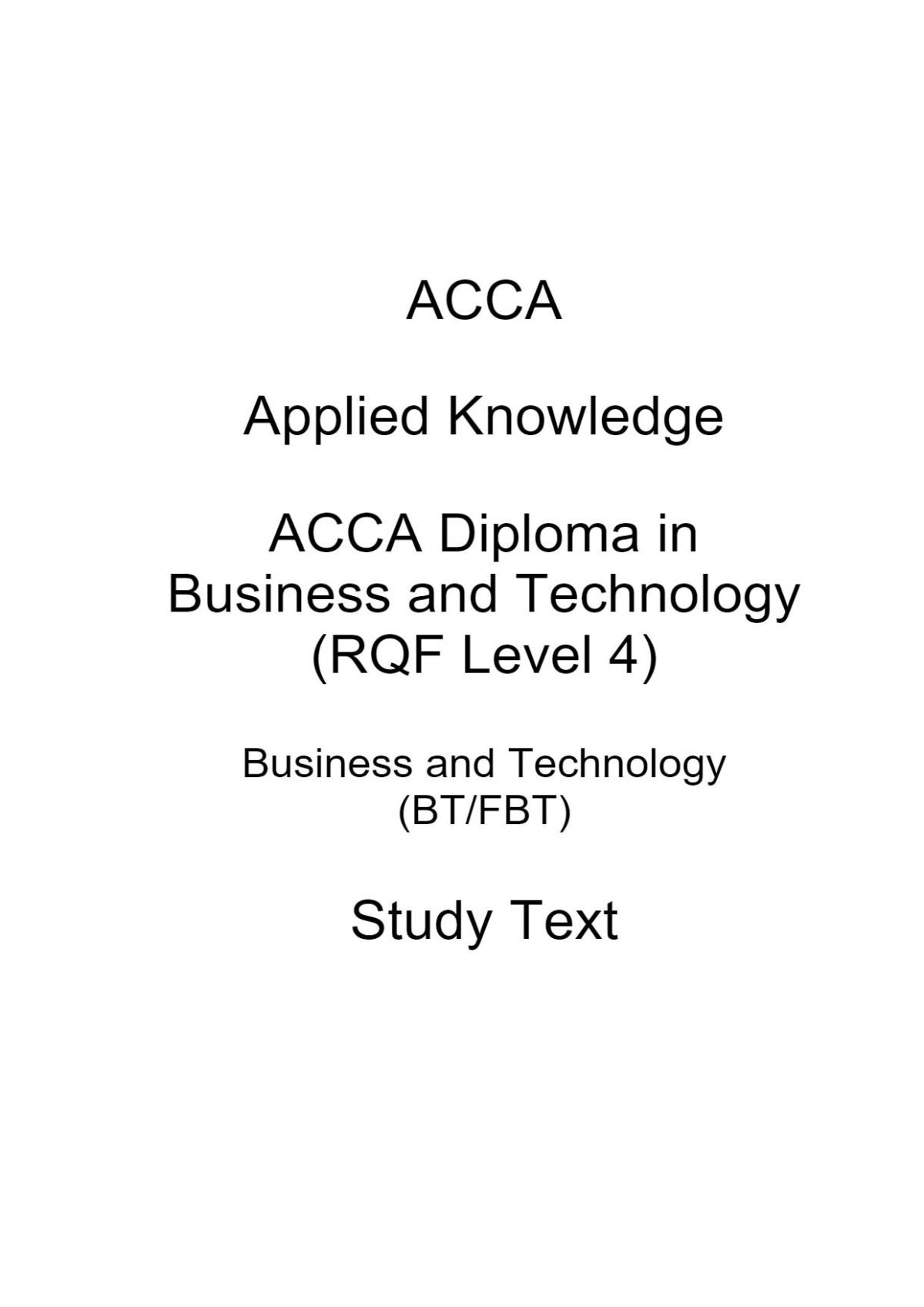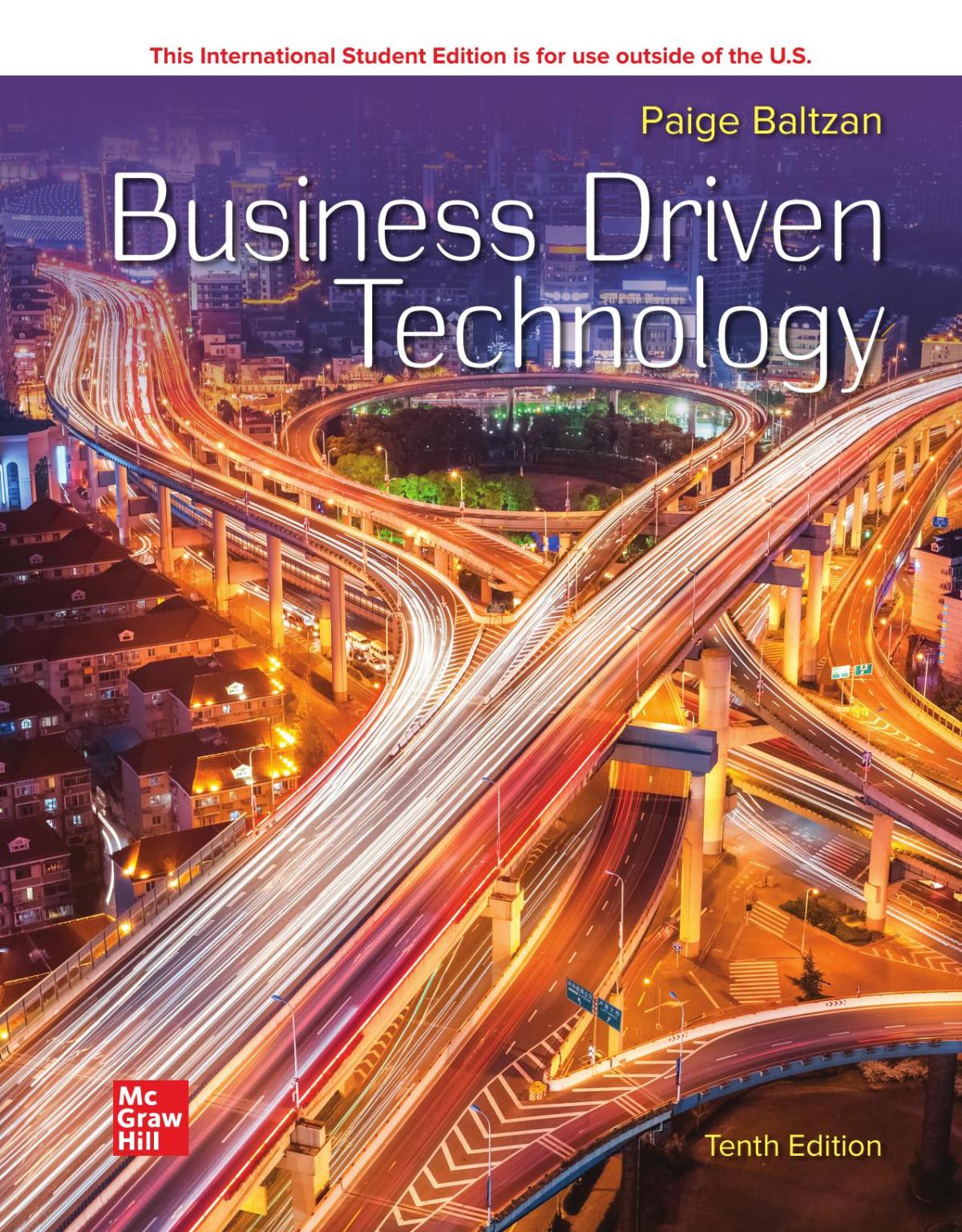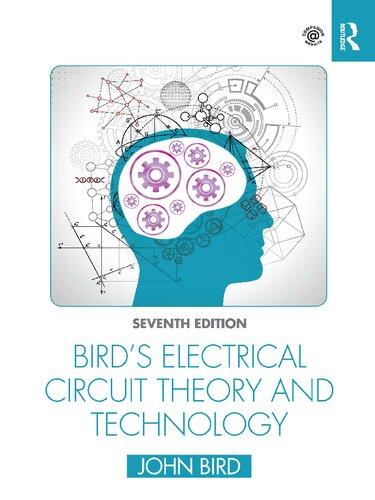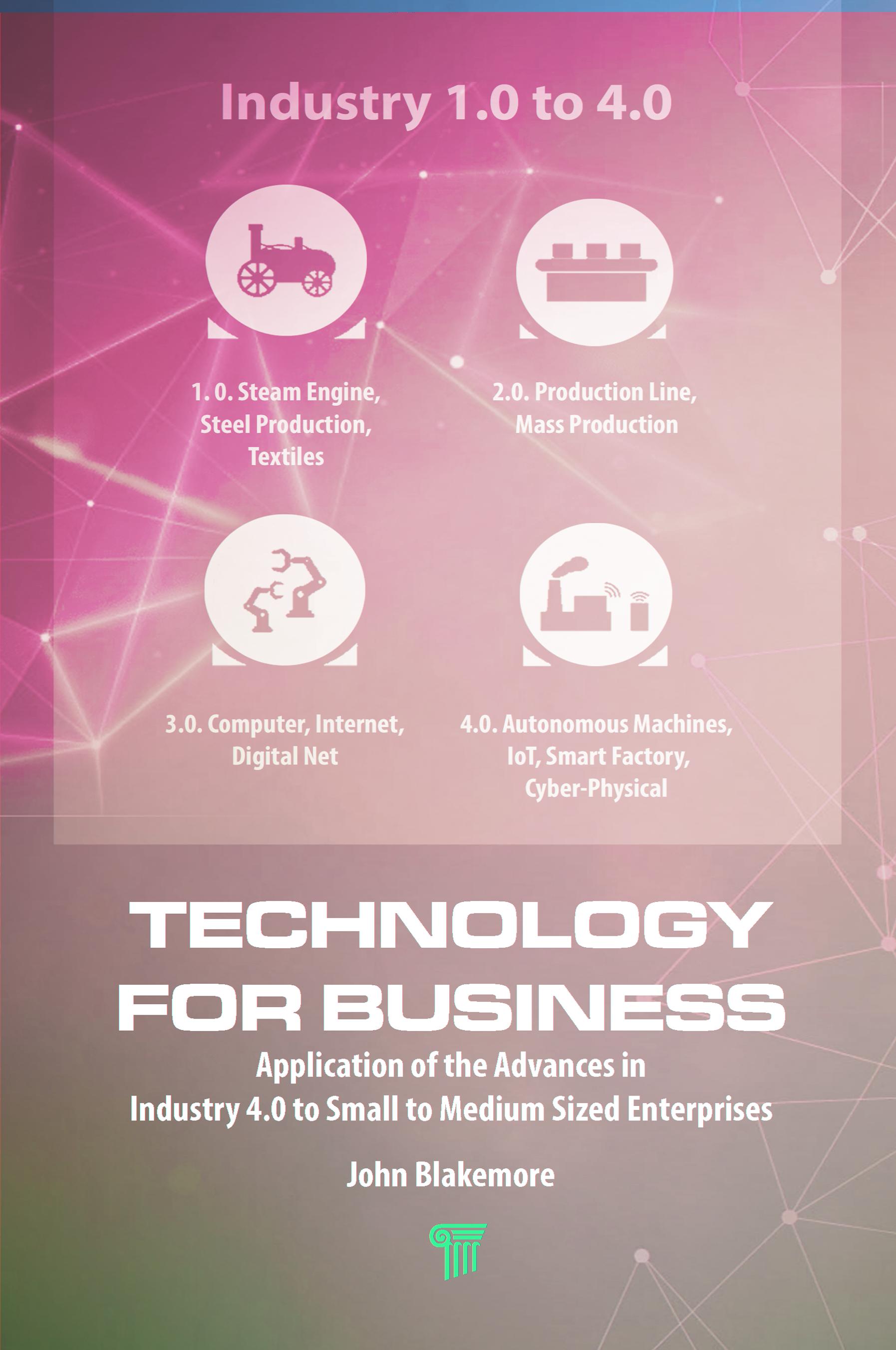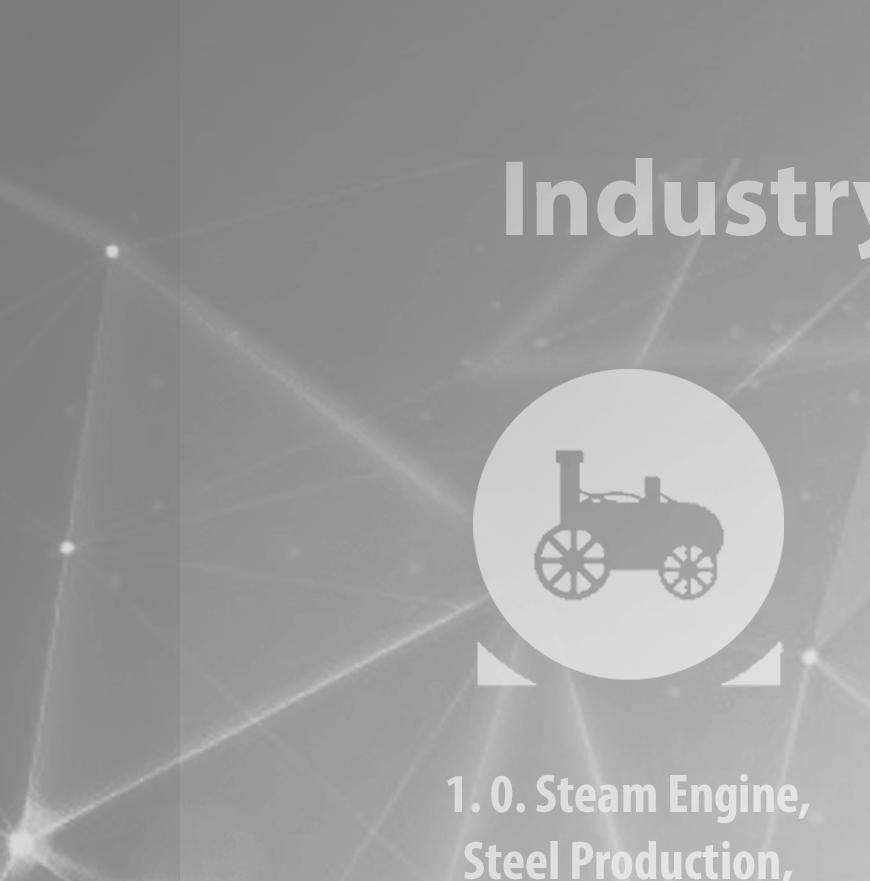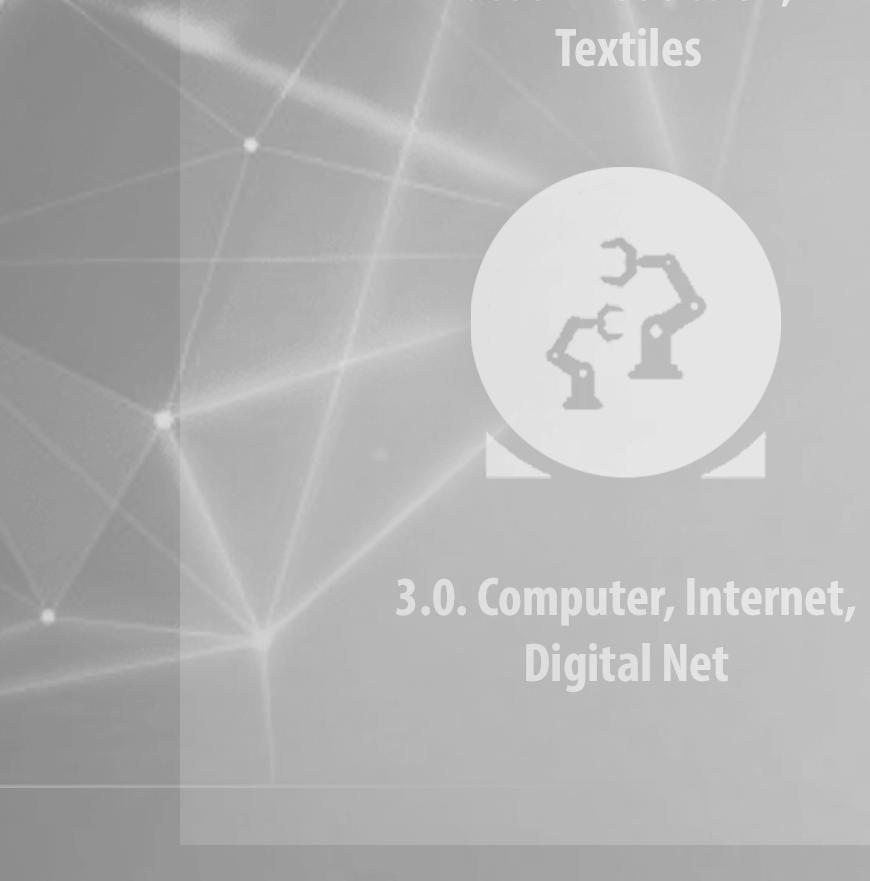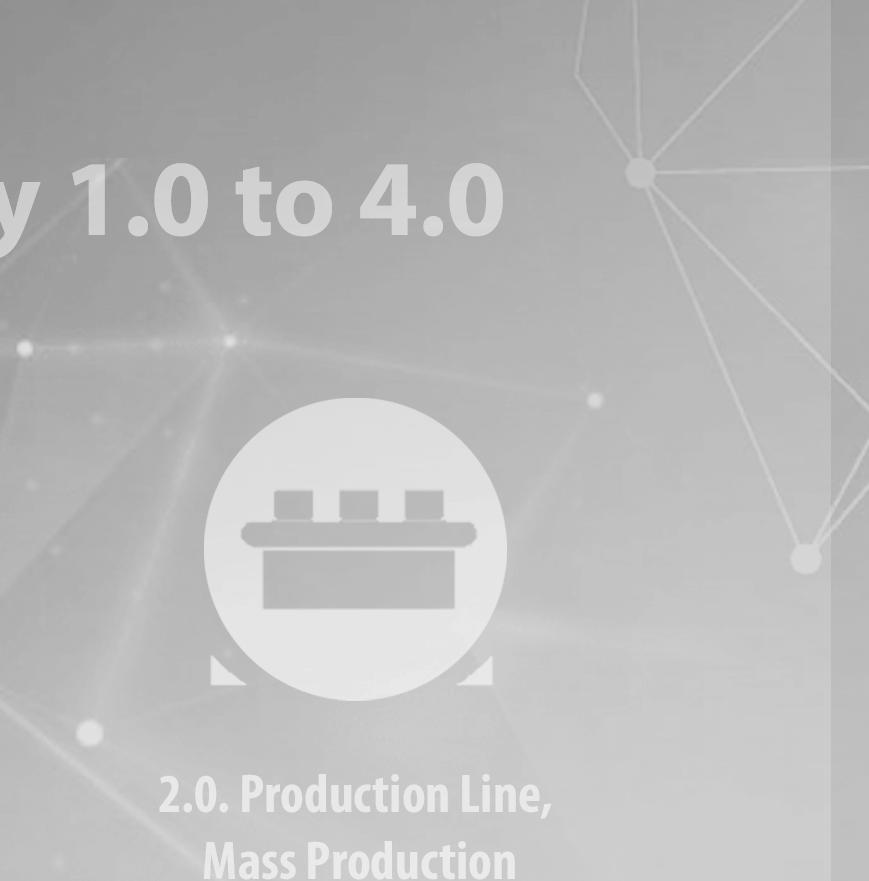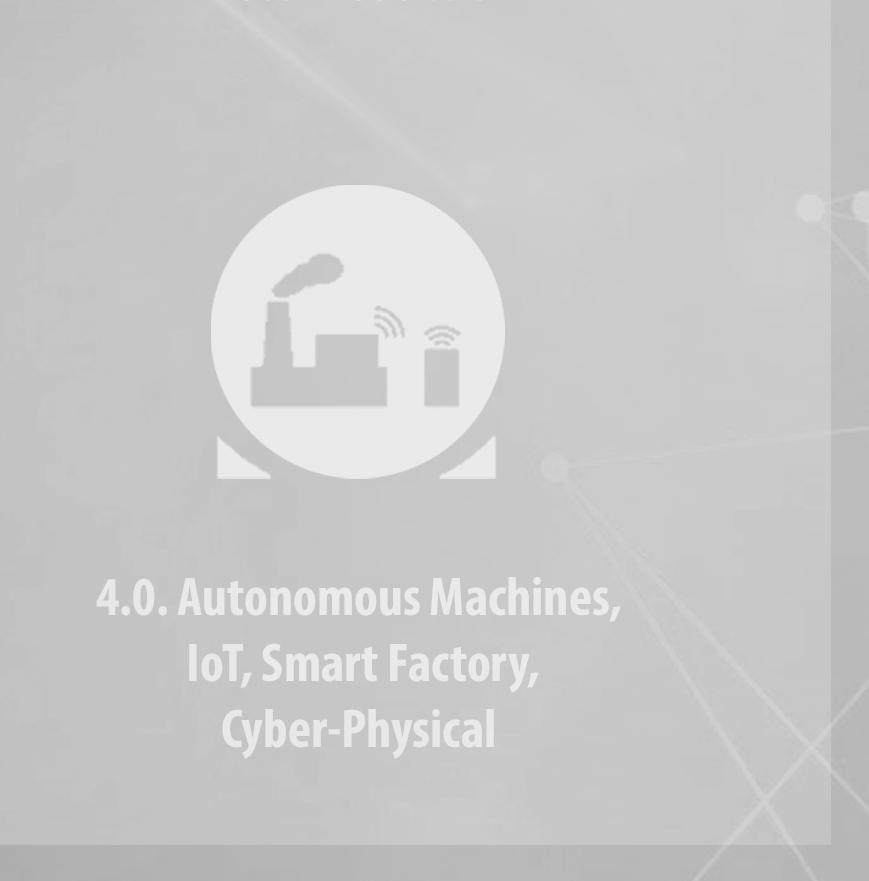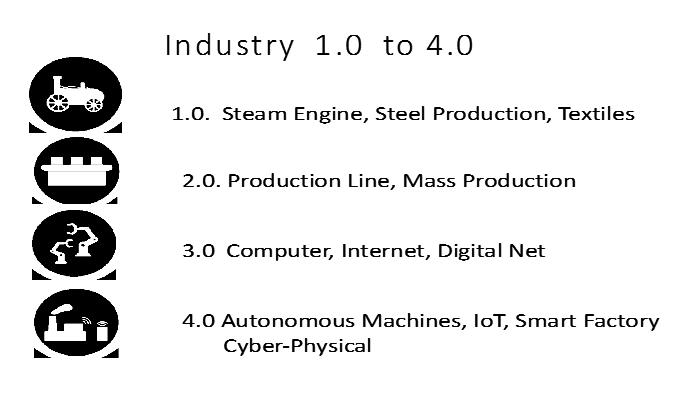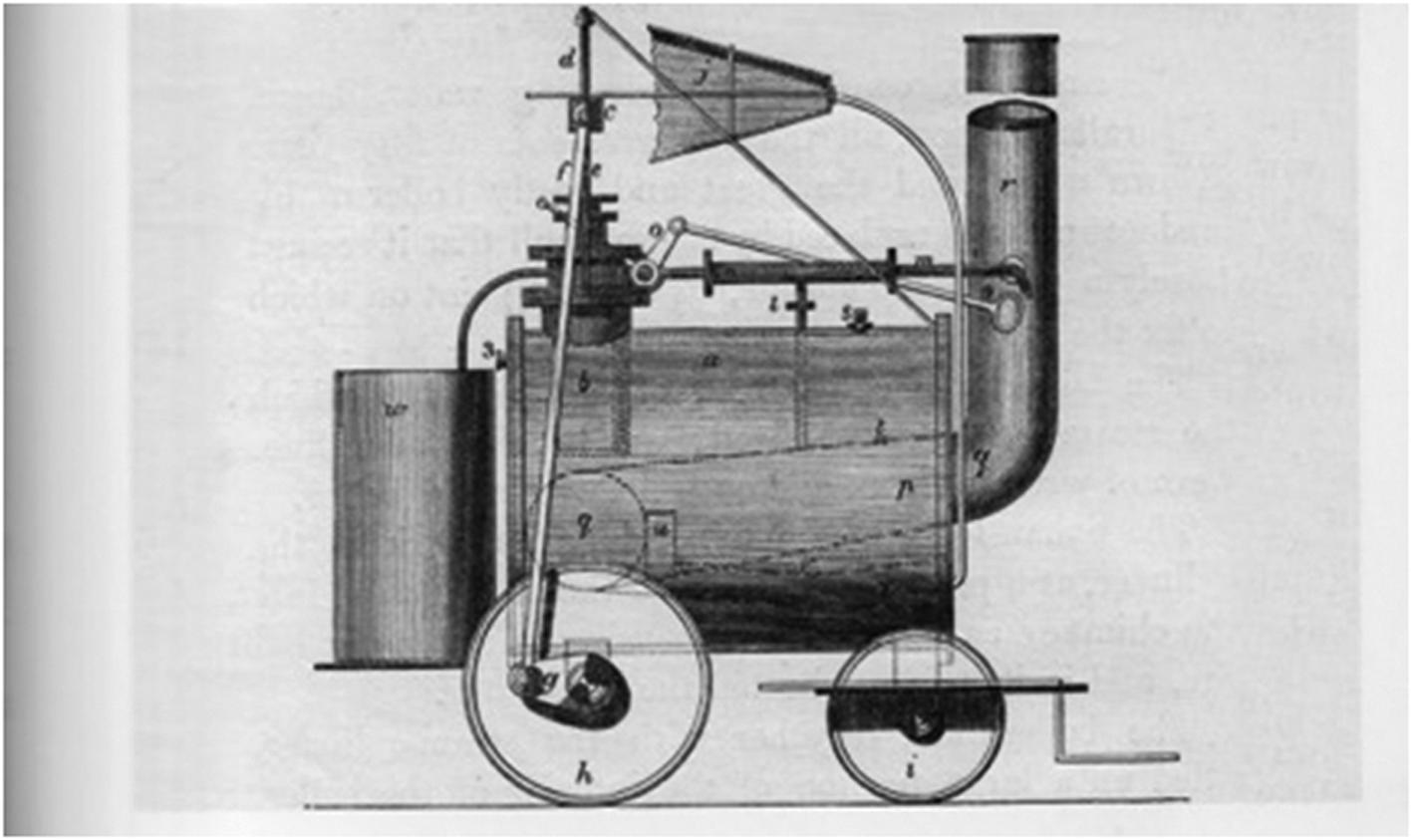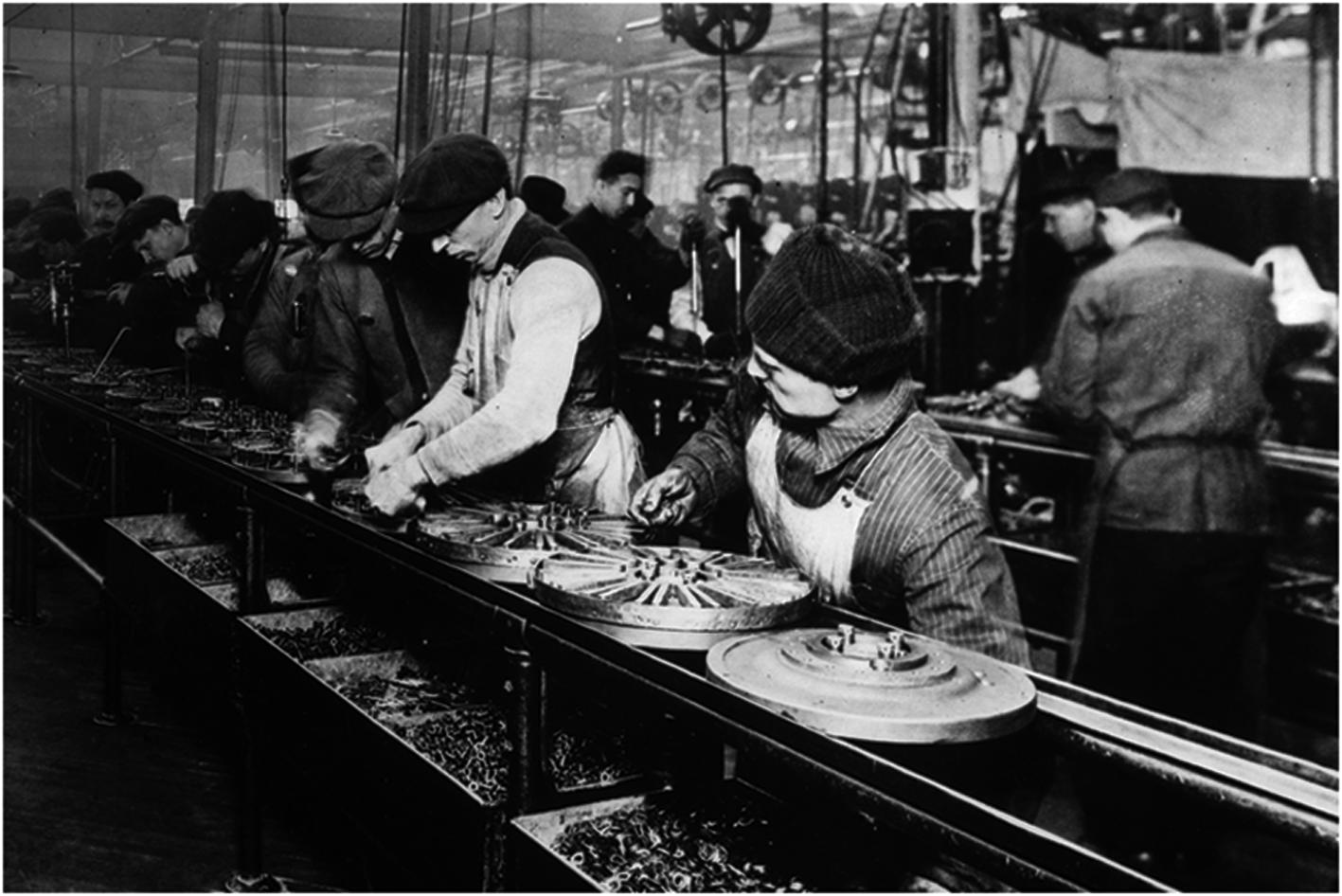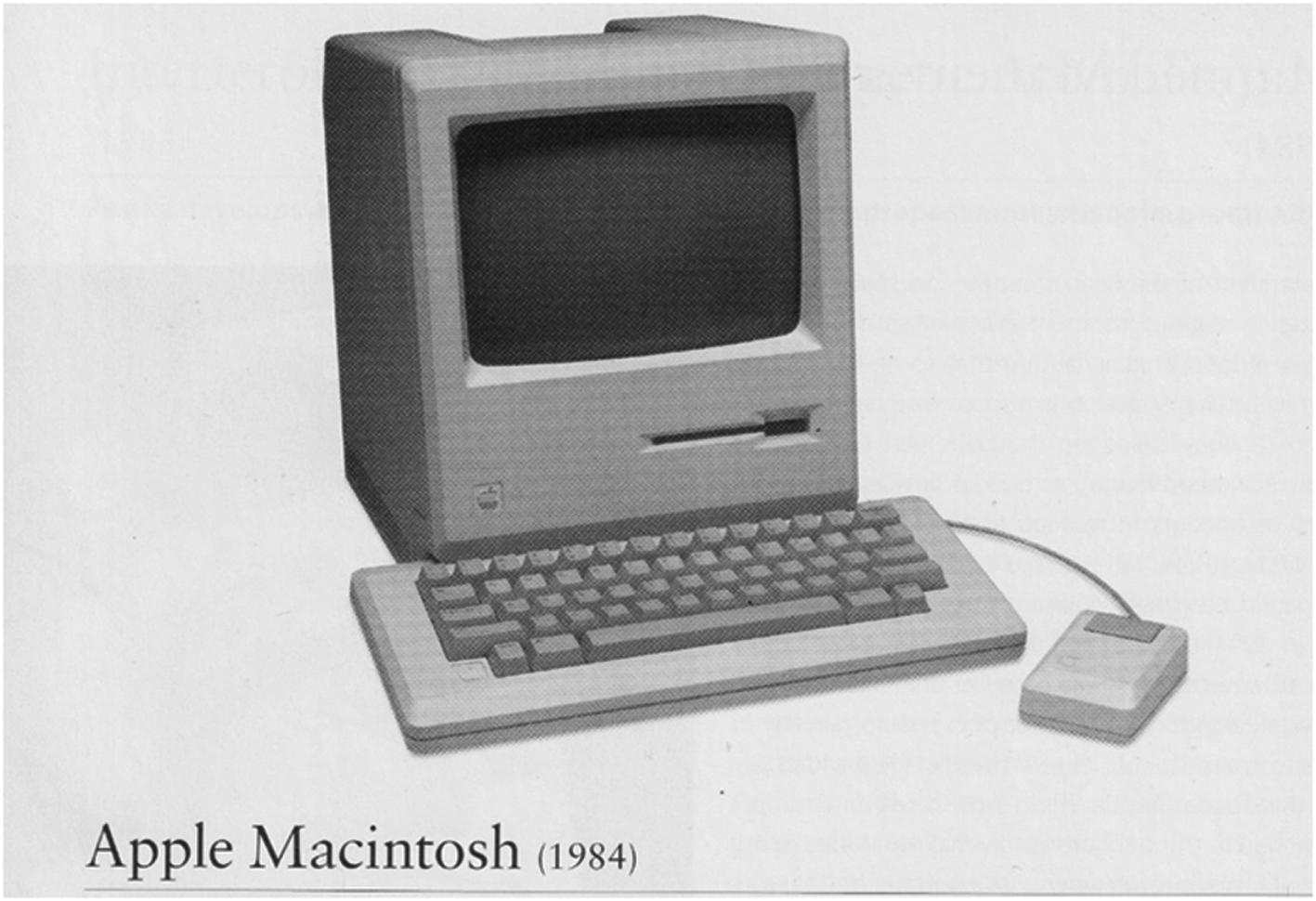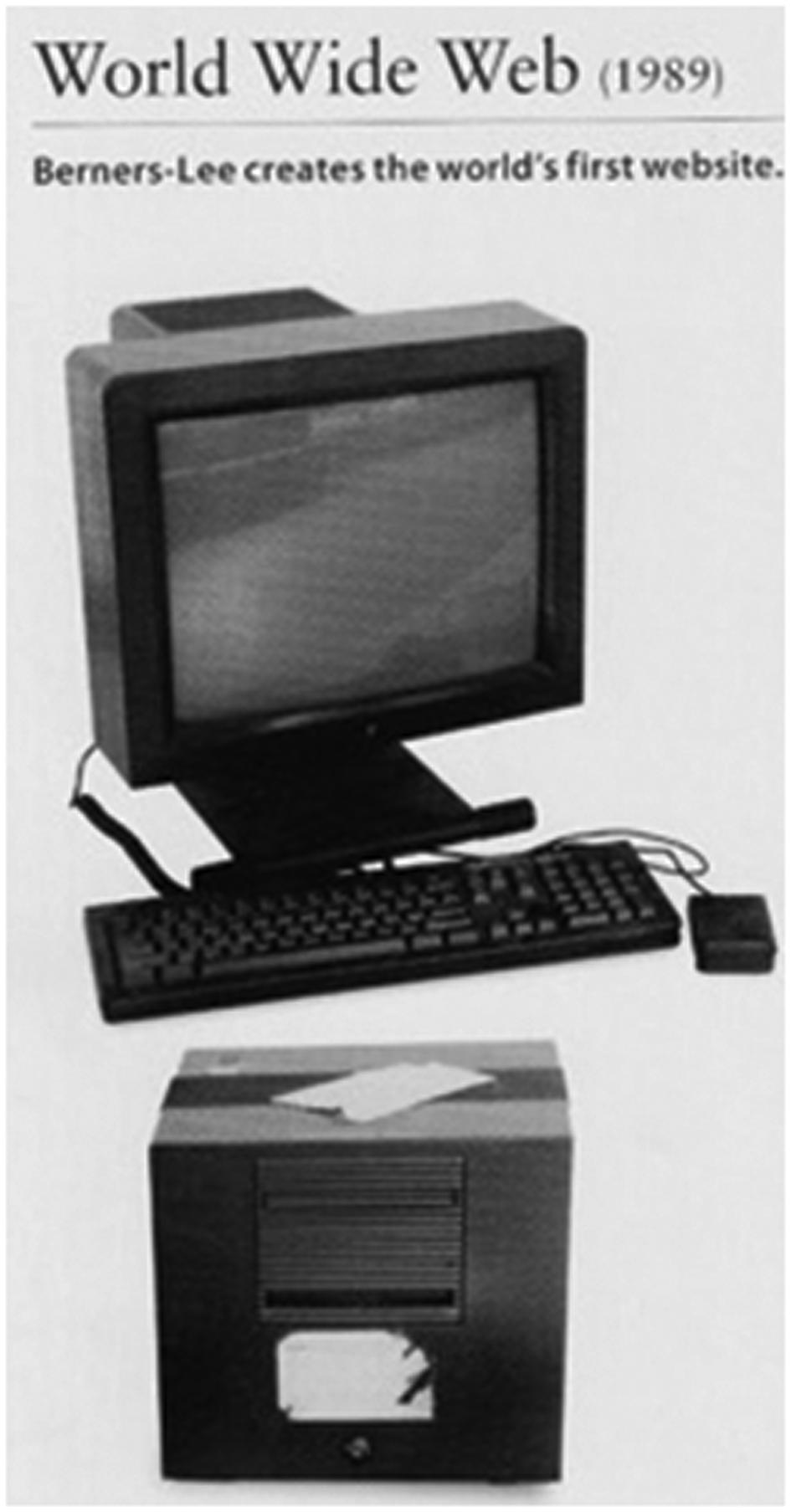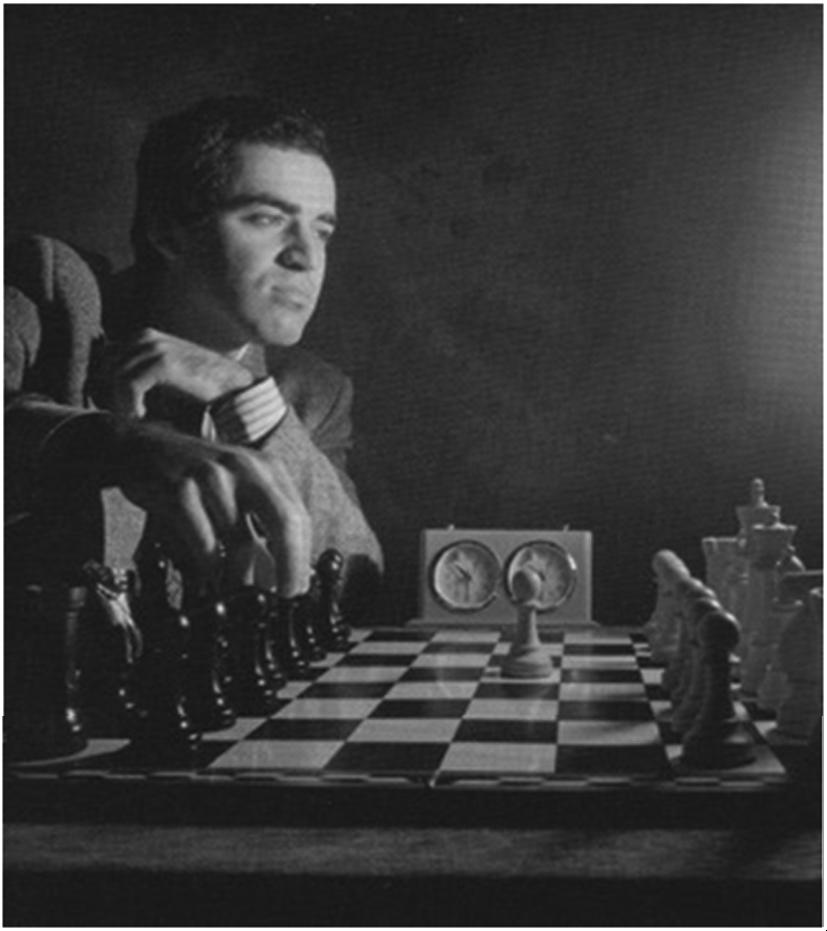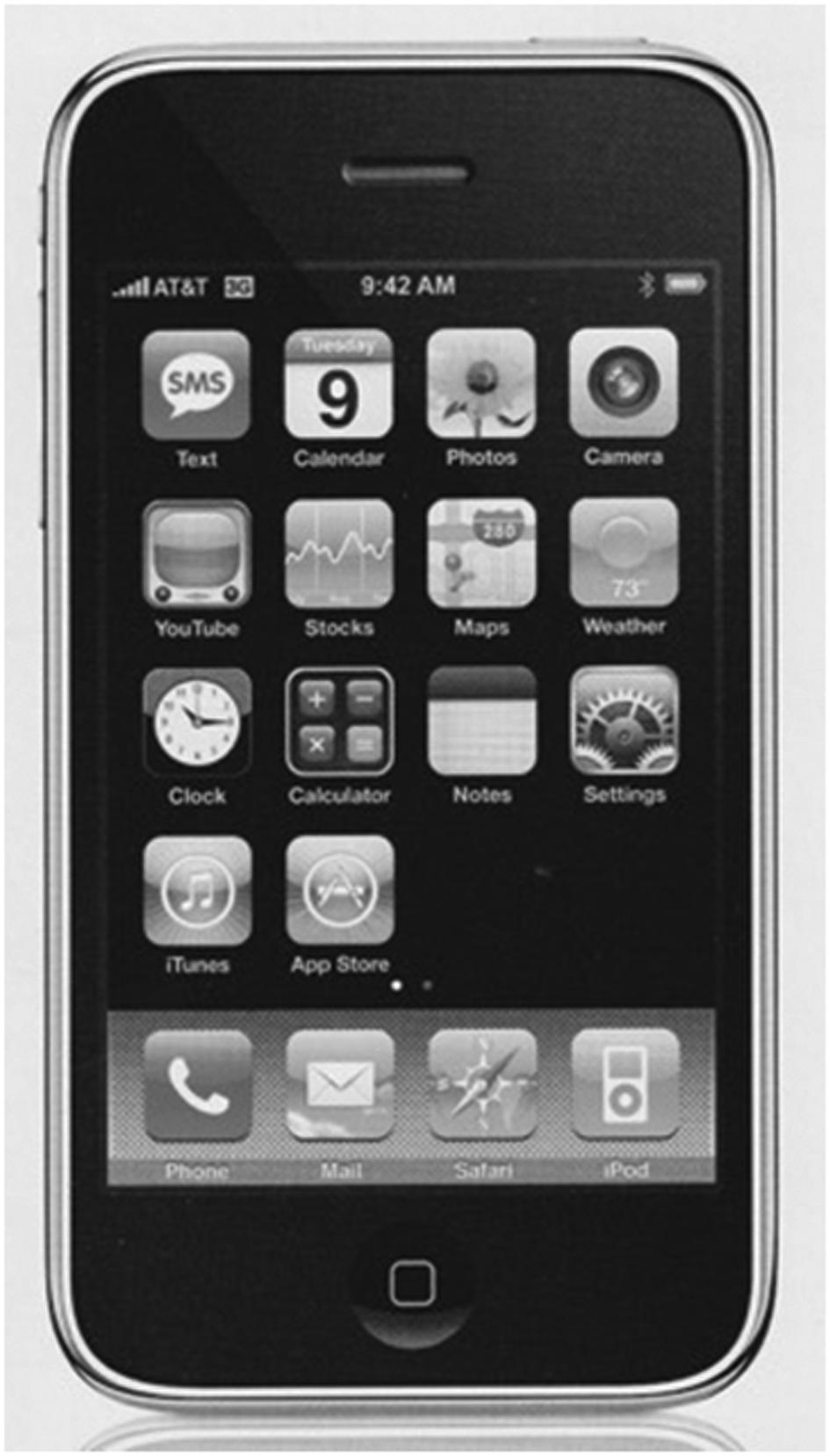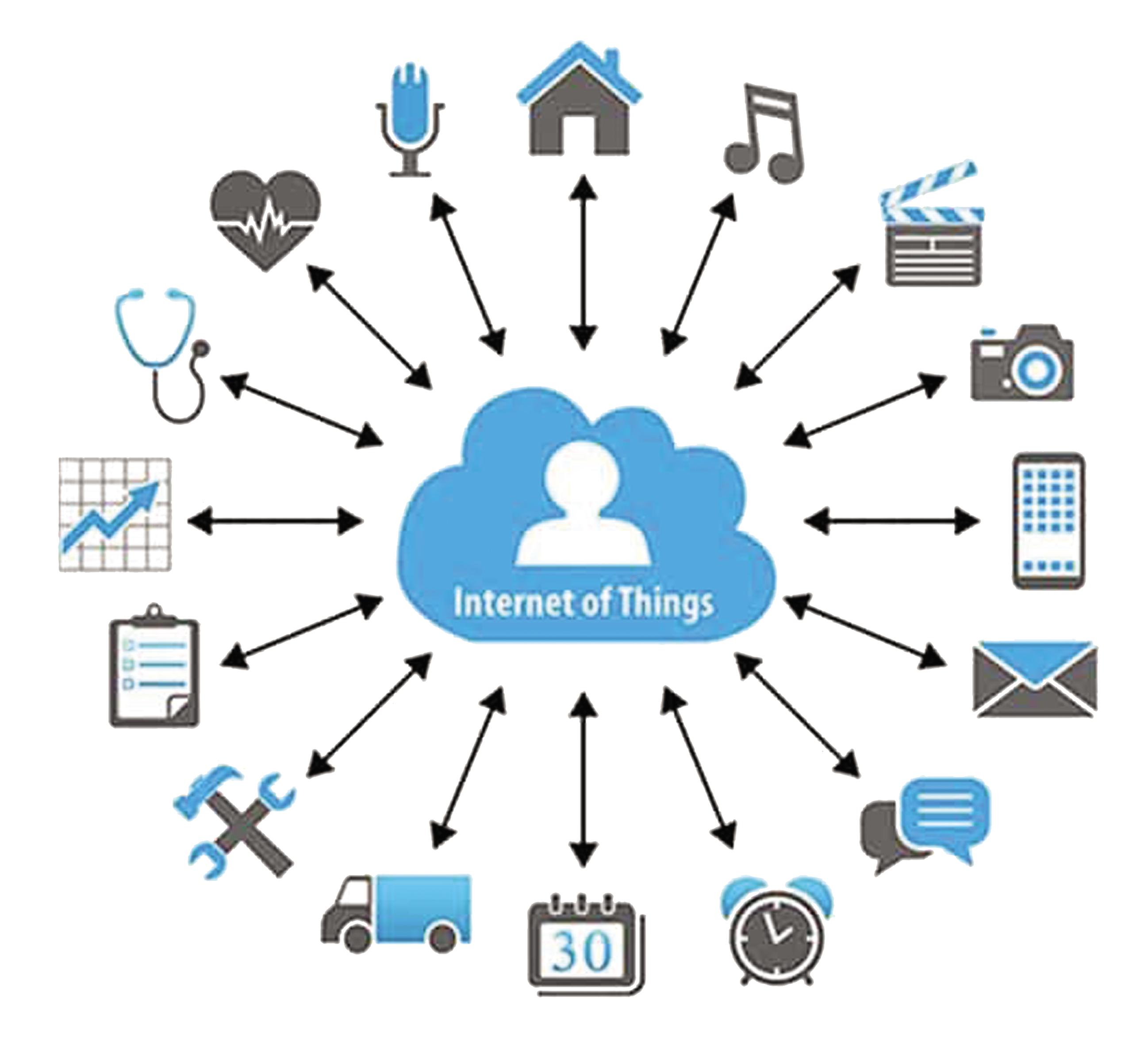Acknowledgements
Special acknowledgements to the following:
1. Dr Ezzelino Leonardi, Technical Director, Pirelli Cables
2. Mr Colin Bale, CEO, Pirelli Cables
3. Dr Chris Roberts, CEO, Cochlear
4. Mr John Quinn, MD, Thorn Lighting
5. Dr Bob Blake, VP, Precision Valves Inc
6. Mr Tim Evans, Director, Moore Business
7. Mr Charles E. Smith, CEO, Moore Business
8. Mr Nick Stump, CEO, Comalco
9. Mr Bruce McGilvray, MD, Rickett and Colman
10. Mr Richard Hammond, CEO, Adelaide Brighton
11. Mr Norris Little, President, Shaw USA
12. Dr Farhad Shafaghi, CEO, Advanced Manufacturing Centre
13. Prof Vernon Ireland, Australian Graduate School of Engineering Innovation
14. Prof Simon Sheather, University of NSW
15. Prof Dexter Dunphy, University of Technology Sydney
16. All the staff at Canon for ongoing support
17. Mr Bill Ferme, Manufacturing Consultant, Ferme Eng
18. Mr Murray Clair, CEO, Nupress
Chapter 1
Introduction Summary
The four industrial revolutions that took place in 1736, 1870, 1969, and 2004, are briefly described. All of these had elements that immediately impacted on business efficiencies and profitability. When the tools are applied using Lean systems combined with Statistical Process Control, the business may be continuously improved as the opportunity for new innovations become observable as much of the extraneous data is removed and the focus becomes sharper. All functions of in our society in engineering, science, medicine, music, space, mathematics, manufacturing, etc., have already been revolutionised and this will be never ending. We can future proof our business with artificial intelligence and the Internet of Things. We are only limited by our imagination.
This book is primarily about the technological aspects of industry 4.0. It recognises that it is not necessarily possible to pin precise times to each of the so-called revolutions, so the dates for the beginning of each is based on a consensus approach.
The book also recognises that the technological aspects of running a business must be driven and strategized by people, so the human element and how it responds to the changes in technology must remain at the forefront of our mind. Hence to be
Technology for Business: Application of the Advances in Industry 4.0 to Small to Medium Sized Enterprises
John Blakemore
Copyright © 2023 Jenny Stanford Publishing Pte. Ltd.
ISBN 978-981-4968-70-6 (Hardcover), 978-1-003-38216-4 (eBook) www.jennystanford.com
successful a business must not only adapt to the rapid increase in technologies but the leadership and business culture must be conducive to change. I analysed this in some detail in my book The Quality Solution, so it will not be repeated here.
The Internet of Things (IoT) has changed our life in every way. Artificial intelligence (AI) is all around us and now guiding us almost unnoticed. It has been readily accepted as it fused with our way of life. In particular, it has been the precursor to what has been defined as Smart processes and Smart Manufacturing, which use all the elements of our rich imagination. Most of us are familiar with Alexa or Siri. Climate change, the resultant use of renewables, rapid globalisation, are all being fuelled by the tools of what is loosely called the Fourth Industrial Revolution or what is called Industry 4.0. This gradual revolution has been going on for some time and in some cases almost unnoticed. All of us now are familiar with the improved communication afforded to us with the ubiquitous mobile phone. The power of his device expands, exponentially, and it is so important that we can never be without it. The fact that we carry it with us all the time means that we can be in contact almost instantaneously with almost anyone anywhere and access almost all forms of information instantaneously.
The Internet of Things, wide use of sensors, robotics and machine to machine communication, as far as manufacturing is concerned, can lead to the complete replacement of old methods of batch manufacturing with something approaching continuous flow. Smart machines can analyse and diagnose issues without the need for human intervention or at least continuously monitor situations to predict and help prevent catastrophic failure. Virtual Reality (VR) can supply diagnostic and fault fixing methodologies through the glasses to the user for instant understanding and a remedy of problems. The Japanese ideal of total prevention of failure can possibly be achieved. However, the fundamental framework of the business must be in place for any of the elements of industry 4.0 to be of value. These advances in manufacturing are readily transferred into other fields of endeavour.
The phone and the Apps on it provide information at a level and accuracy never seen before. Through Google earth we have access to knowledge of over 200 countries.
A team of German scientists were probably the first to coin the phrase the “Fourth Industrial Revolution”.
Klaus Schwab expanded on the concept as follows:
“The possibilities of billions of people connected by mobile devices with unprecedented processing power, storage capacity and access to knowledge, are unlimited. This will be magnified by the emerging technological advances in artificial intelligence, robotics, the Internet of Things, virtual reality, 3-D printing, nanotechnology, biotechnology, materials science, energy storage, and quantum computing.”
In summary, the four stages of the Industrial revolution can best be illustrated by the following diagram:
The First Industrial Revolution (1736)
In 1709, in England, Abraham Darby produced pig iron from coke rather than charcoal. In 1712, Thomas Newcomen invented the steam engine. However, it is generally accepted that the First Industrial Revolution began in Scotland and with the inventions of James Watt. The availability of coal was one of coal was one the main drivers. It is ironic that coal, once revered,
Figure 1.1 Schematic illustration of what is generally recognised as the stages of the Industrial Revolution.
is now reviled as the major cause of global warming and climate change.
Scottish Engineer James Watt (1736–1819), sent a note to his friend John Robinson as follows:
“I have now made an engine that shall not waste a particle of steam. It shall be boiling hot.”
He had perfected a condenser to add to the steam engine. The acceleration of the Industrial revolution had begun. Prior to this, steam-engine technology had been used, but these machines depended on steam condensing inside a large cylinder after the cylinder was cooled. It was hence relatively inefficient.
James Watt’s invention changed the whole of the world, and his invention is generally recognised as the beginning of the First Industrial Revolution. Trevithick then built the first engine powered by high pressure.
The Second Industrial Revolution (1870)
The invention of electricity and the work particularly of Nicola Tesla, led to mass production lines and in particular the production of products like the model T Ford. Henry Ford and
Figure 1.2 Trevithick engine powered by high pressure steam (1799).
Thomas Edison also built the first electric car at this time. Its development was curtailed when, despite the fact that Ford and Edison both acknowledged the risks that they would raise the ire of the oil companies, and had taken the precaution to have their own fire engine on standby, there laboratory and prototype plant was burnt to the ground. Deciding that the risks were too great, Ford and Edison abandoned their project and even when a second attempt at the electric car was made by General Motors and Honda in California. These cars were leased to users and then recalled and crushed even though most users wanted to buy them.
cars Mass was still producti the on preferred techniques statistician, method for the production changed the way we make until cars Dr forever W. E. Deming, of motor a the Lean methods of production practised by the Japanese by linking further Statistical using process control (SPC). This has now progressed even with the Japanese Kaizen philosophy of continuous
Figure 1.3 T Model Ford Flywheel magnetos for the T Model Ford on a moving production conveyor belt at Highland Park Michigan Plant USA. This was the first use of a moving conveyor belt production and assembly.
improvement. Dr Deming was introduced into Japan by General Douglas MacArthur to lift the quality of Japanese manufactured product after the second world war.
The Third Industrial Revolution (1969)
The starting point here is the invention of the computer and the Internet and the rapid advances it allowed in the way problems were analysed and data was collected. The Internet start date is generally accepted as January 1983. The rise of computers led to networks like WAN, LAN, and at the same time robotics started to have a major impact. This in turn led to space exploration and the development of robotic technology. The use of the Internet was a big game changer in the way that data and information was handled and shared. 1973 to 1989 saw the emergence and rapid growth of digital networks, and the rapid rise of the global Internet networks. (1989 to 2004). This in turn led to more intense space exploration and the development of robotic technology.
Figure 1.4 Apple Macintosh Computer 1984.
Figure 1.5 Primitive Computer and Devices used 1989.
The Fourth Industrial Revolution (2004)
This is all about mobility, the mobile phone, and the interlocking and melding of the physical environment with digital space. It is about the convergence of IT, the Internet of Things, big data, the cloud, machine learning digital connections, artificial intelligence, virtual reality, all imbedded in a lean manufacturing environment but applied in all parts of society including health, finance, marketing, sales, human resources, innovation, rapid research and development. This has been accelerated by advanced robotics and cognitive artificial intelligence.
Figure 1.6 Artificial intelligence in Big Blue defeats world chess champion (1997). Artificial intelligence was first postulated in 1956.
If we look at the way Industry 4.0 has generally developed in processes and manufacturing, we can identify the following stages:
1. Connecting with sensors and actuators
Figure 1.7 Apple iPhone, 2022.
2. Using the connected data to add value to the value chain by re-organising and managing
3. capabilities Additional connectivity to new applications with new
4. Leveraging the business model the new capabilities to enhance the basic goals of
5. Personalisation of supply classified as follows:
Hence the major directions for future development could be
• chains Digitization and integration of vertical and horizontal value
• Digitization of products and services
• Digitized business models.
• The trend (CPS), of automatio and artificial intelligence systems IoT, cloud n and computing, data exchange, cognitive cyber-physical computing,
The Smart Factory
In the Smart Factory, a virtual world is central decisions forces can of be innovation made. Sensors for all and elements instrumentation created, and decentralised of the industry drive the 4.0 revolution.
In Industry 4.0 nothing goes without sensor systems. will Maintenance done using virtual and fault reality diagnosis goggles of where machines the user in the in can future home on the problem and immediately read the solutions and methods needed to solve the issue through the glasses.
4.0 There into business. are numerous These challenges are political, in implementing social, economic, Industry However, organizational, all of these both can internal be overcome, ly in the with business the correct and externally. and and leadership. The business must recognise the challenge strategies special And challen have ges a well for strategize small businesses d plan. In compared addition, with there larger are enterprises.
The aerospace industry has been cited as too low in volume for industry 4.0 principles. But Aerospace parts manufacturer Meggitt PLC project M4 is a good example of how to do it. This model serves as a useful guide for all businesses. following: If we look at an expanded list of industry 4.0, we have the
• The Internet of Things
• Wide use of sensors
• RFID technologies
• Robotics
• Mobile technologies
• Cloud computing
• Data analytics
• Big data
• Machine learning (Bayes’ Law)
• Machine linking
• Artificial intelligence
• Virtual reality
• Cybersecurity
• 3D printing revolution
Nearly are all the tools technological model built on the foundations to use in the elements framework of the lean of fourth good industrial of Japanese a manufacturing business is principles no firm and foundation advanced and statistical the leadership process and control. culture If harmonious are there and co-operative, 4.0 then ideas the not will total not potential it should. of introducing the new Industry yield the benefits benefits business, To achieve people, maximum operations, benefit, the five functions of the need and sales, of finance, marketing people, technology to be integrated. and information, This requires and the innovation judicious and the continuous use upgrading of the skills and knowledge of all. Concentration on results. the technical business The this the reason aspects for of his is that alone the will most not yield the part desired of the is people, whether they are important customers, suppliers,
employees, employers or investors. Introducing new technology is easier than changing culture but they must go together.
Much of this book is based on my own consulting experience spread over 50 years in over 500 companies over 14 countries. It is important to realise that no one has all the answers and we must continue to learn from each other, but industry 4.0 gives us a new set of tools to improve ourselves and our business.
We create our own future and the parameters for this are only limited by our own imagination.
It has been estimated that artificial intelligence and automation will create in excess of $15.7 trillion in value for business over the next 10 years. Businesses that can harness the new technologies and as a result adapt and leverage these new skills will experience unprecedented growth.
This book’s purpose is to describe the elements of the Fourth Industrial Revolution and illustrate what is needed to implement successfully the methods and tools and devices into business to succeed in a highly competitive global market. There is an emphasis on processes and business and manufacturing in particular. The rate of change is accelerating even more and a business we must be alert to what is necessary to remain competitive and grow. The general business principles apply to all businesses, wholesale, retail, manufacturing, and of course all those in the service industry as well. All businesses convert a raw material to a finished product using a series of processes. Here we define a process as the conversion of an input into an output. Hence even if we visit the Doctor the system involves process all of which can be driven by the new concepts of the industry 4.0 revolution.
Many medical procedures are carried out by laparoscopy. Medical procedures of this type will become more common place with the improved use of robotics and artificial intelligence as the surgeon becomes more and more an engineer. The future of digital health will theoretically extend our healthy lives as with the improved used and interpretation of all aspects of curative treatment will improve.
With all robotics or man-made devices, once the design and manufacturing problems are solved the precision with which the operations can be performed approaches a level of precision
never before dreamt of. The Japanese ideas of what is called six sigma can be achieved repeatedly.
One of the major intentions of this book is to define a new way of working to the benefit of all as well as to enunciate the wonderful opportunities created by artificial intelligence in all its guises. This book aims at releasing the intellect and power of people and the new technologies and methods to achieve better customer satisfaction with faster error free integrated systems and processes.
The future for all of us looks more exciting than ever before as the full imaginative power of the human mind can be unleashed using all the tools of industry 4.0 to enhance business and human interaction.
Chapter 2
Elements of the Fourth Industrial
Revolution Summary
All of the 15 elements of the latest industry tools identified can be applied to business with very significant improvements resulting. To achieve maximum benefit, processes and systems must be controlled with a high degree of precision. The use of robotics will increase and the opportunities offered here will speed up processes and eliminate human errors. Mundane repetitive tasks for a person will be replaced by robotic techniques. The clean energy revolution will further enhance business performance and the outstanding improvements in battery technology will herald the end of the Internal combustion engine as the main means of car transportation and this will result in a cleaner healthier environment. Modern businesses must take advantage of the opportunities offered by the appropriate industry 4.0 elements to improve and further develop their competitiveness. Too often small business owners become overwhelmed with day-to-day problems and do not recognize that if they invest in very good systems, then the “Fighting Fires” management will disappear. However, once it is recognized that a systems-based approach is necessary and that processes and systems need to operate at a very high level of
Technology for Business: Application of the Advances in Industry 4.0 to Small to Medium Sized Enterprises
John Blakemore
Copyright © 2023 Jenny Stanford Publishing Pte. Ltd.
ISBN 978-981-4968-70-6 (Hardcover), 978-1-003-38216-4 (eBook) www.jennystanford.com
efficiency, then the issue is what is the appropriate place to start and what elements are most applicable to the immediate future development of the business. To be successful, all developments must take place within the framework of a good business structure. This structure is cultural and operational. All functions of the business must understand the transitions and changes and how it will work.
On my numerous consulting assignments, I have found that it very necessary for the CEO to be seen as leading the changes that are necessary. Therefor a clear strategy needs to be enunciated and solid clear leadership demonstrated.
The best structure to use as a basis for this is the one based on what is now called Lean Thinking which grew from the statistical work by Dr Deming in Japan after the Second World War. This approach harnesses the best of the Toyota human approach and the Honda highly mechanized approach to manufacture and the Internet of Things (IoT) and add to this the appropriate elements of the fourth industrial revolution all the elements of industry 4.0. Both the Honda and Toyota approaches must be part of enterprising leadership practicing their clear and welldefined strategy. The Honda approach is without peer in the engineering sphere as witnessed by their repeated excellence in Moto GP and now in Formula 1. In the 2021 F1 GP, Mercedes found it necessary to continually change engines to keep up with Honda engine in the Red Bull. This gave Hamilton and advantage as he only suffered a five place grid penalty for each fresh engine. Honda use Formula 1 to train their best engineers and their superior engine construction and design was significantly a factor in Verstappen winning the 2021 world championship.
Toyota and Honda advanced the Lean approach in slightly different ways but both produced products of very high quality using tightly controlled processes to a degree of precision now called Six Sigma. Six Sigma has at its core the tightness of variation so that the desired product has a variation defect rate of less than 3 parts per million. It is Dr W.E. Deming who drove this approach in Japan under General MacArthur at the end of World War 2.
The Internet of Things (IoT) may be defined as the network of connections of physical devices using a wide range of sensors
or software to exchange data. This can be illustrated as shown in the following diagram. When this is understood and combined with developments based upon the Lean approach, the results are spectacular. Companies like Eurotech can offer enterprise applications for any element of Industry 4.0 and offer seamless connections to any operation.
Figure 2.1 This illustrates the breadth of the offerings that can be accessed from the Internet. This is called the Internet of Things (IoT). Using cloud computing and sharing the opportunities is endless.
If we move around the centre of this diagram, music, data that the Internet of Things we can see and transport, information time, including covers elements the connections of and sharing of anything that can be connected data, communication, via a sensor or health, mobility, mechanics, ….in fact led to an explosion of opportunities. It is limited software. only by IoT human has imagination. The systems and applications are described in detail can be summarized as in the following table. in “internet of Things (IoT). The Elements of Industry 4.0
1 Lean Minimum waste
3 Artificial intelligence Attribution human skills to inanimate objects
4 AR VR Real-world objects augmented with perceptual data
5 Big data analytics Analysis of huge amounts of collected information
6 Cloud computing Connection to a wide range of digital tools via IoT
7 Robotics Automatically controlled machines
8 Connectivity 5G or other links
9 Blockchain Encrypted interlocked records
10 Internet of Things Digital connectivity network
11 Sensorization Connecting devices, process linking
12 Additive manufacturing Material added continuously to 3D object
13 Cybersecurity Protection of data
14 Simulation Modelling
15 Bayes rule Machine Learning Python
Firstly, let us look at the home and common examples of devices that we use that did not exist 5 years ago. There is Alexa and Siri, for example, that can guide you in almost everything you may do. In addition, they can answer basic as well as more involved questions. These devices use artificial intelligence (AI) and the algorithms being used are continuously improving and expanding their reach. This continuous improvement is a direct result of the application of what we now know as machine learning based on what is called Bayes Rule. Robotics are being extended in reach into the everyday chores of the home. For example, iRobot is a home vacuum carpet and floor vacuum cleaner that can completely navigate the floor surface, vacuum clean it and then return to its base and empty itself. This robot is clearly mazing. The robot can move around the room with incredible precision and correct its path when the way forward is blocked,
and then quickly resume vacuuming. Such clever technology will continue to be introduced into the home. The use of AI in refrigerators to measure what goes in and what goes out can become the record of your usage of food and drink and so form the basis of your next order at the supermarket. The refrigerator itself can in some models and even more in the future will diagnose any problems and notify the owner or supplier as the case may be. These trends will continue. The family car will in the future communicate directly with either the supplier or even the manufacturer to advise of service requirements or potential

This musical quaver is a symbol of how we can use the IoT to play and select music scores for entertainment. Spotify can enable you to quickly find and engage your music selection and later suggest to you what other similar music you might enjoy based upon your selection. Once again, the AI algorithms will enable you to find more of the music you like faster than old techniques or personal experience or memory. This information can be regarded as big data and can be used not only to sell you more product that you may like based on past choices but can also be used to enable creators to determine which direction music appreciation is moving and so more successfully develop new products that should be in high demand. The interconnection of this with your personal profile will also help suppliers to tailor offerings in a more targeted way.

Video and film applications using CGI (Computer Graphic Imaging), are well known and the results are very exciting and very spectacular. The application of computer graphic images in art, printed media, video games, and graphic simulation. Westworld was most probably the first well known example of the early use of CGI. This was in 1973 and was followed by Star Wars. Later CGI was not constrained by what the creators believed to be the laws of physics, and this led to the creation of the virtual world of entertainment. YouTube enables us to share visual experiences at a level higher than we thought we could ever imagine.
